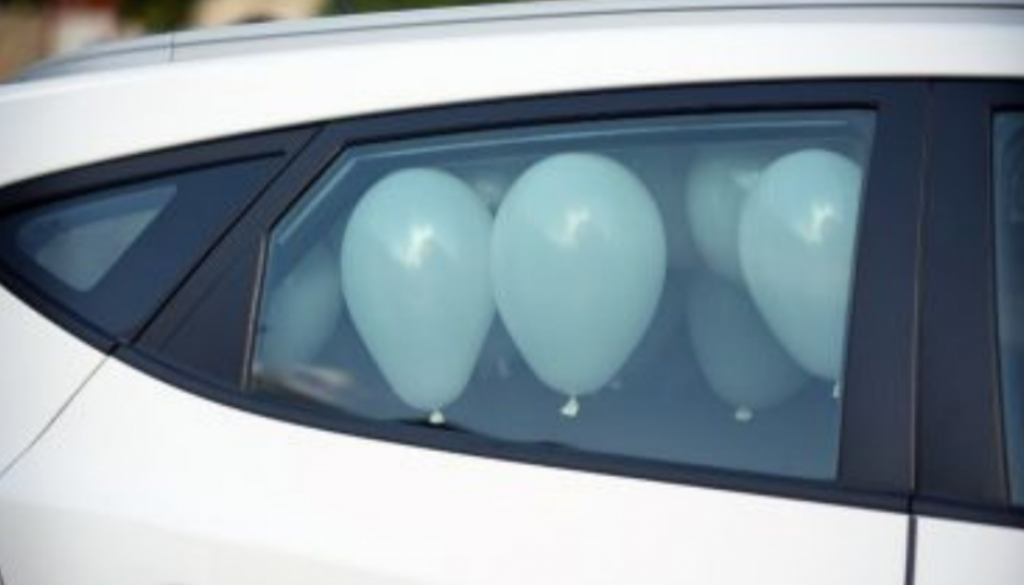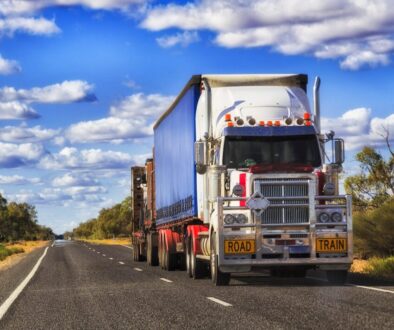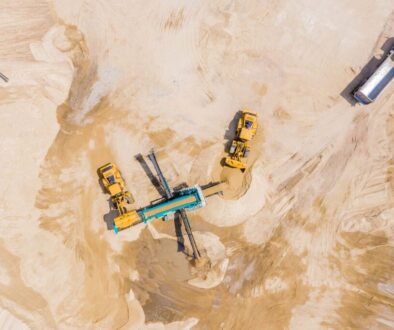
When you are selecting a car or truck loan, a key consideration is whether you wish to have a residual value or “balloon payment” on the loan and how much you would want that balloon payment to be to be. The addition and size of a balloon payment can affect the monthly repayments as well as the amount owing at the end of the term.
What is a Balloon Payment?
A balloon payment is a lump sum which is owed to the lender at the very end of your loan term, after all the regular monthly repayments have been made. It allows you to repay part of the principal amount of your loan over the term, lowering your monthly repayments for the lump sum at the conclusion of the loan.
How is a Balloon Payment calculated?
If you are purchasing a car or truck for $40,000 over a 5 year term and decide on a $10,000 (25%) balloon on your loan. Your monthly repayments will be lower if you didn’t opt for a balloon, however you will still owe the lender $10,000 at the end of the 5 years.
The amount can be represented as a dollar value or a percentage of the finance amount. The general rule is between (10% to 30%) With the exception for finance leases, having a balloon payment on a loan is optional and is not required.
Balloon and Residual payments – is there a difference?
Yes, however the differences between the two are quite minimal. Both a balloon and a residual payment imply in paying a defined amount at the end of the loan, both are designed to reduce the monthly repayments.
Residual payments are commonly related to a finance lease (not a consumer loan or a chattel mortgage) are a factor of the final estimate value of the asset accounting for depreciation considerations, whereas balloon payments are related to loans (not leases) where the final amount is set as percentages or values not based on the value of the asset.
The benefits of a Balloon Payment
The main benefit of a balloon payment is to lower your monthly repayments over the duration of the loan term. It can provide a range of additional benefits, such as increasing affordability, assisting with cash flow management and matching the repayments of the loan’s principal with the assets value over time.
What happens at the end of term?
If there is a balloon payment added to your loan, it must be paid out as a single lump sum payment at the end of the loan term.
When the balloon payment is due, there are a few options that could be available to you:
- If you are looking at keeping the asset, you just pay the final balloon payment at the end of term. You do also have the option to “refinance” or “roll over” your balloon payment onto a new loan
- If you are looking at upgrading your asset, you can sell the asset and then use the money received from the sale to payout the balloon payment and finalise the loan.
- If you are trading in your current asset as part of purchasing a new asset, then paying out the balloon can be structured into the change-over process, making it simpler for you.
Does a Balloon Payment impact my resale value?
The balloon payment selected should be less than or equal to the value of the asset at the end of term. In determining a vehicle’s resale value, will be the kilometres travelled, the average is approximately 10,000 to 20,000 kilometres per year, this can be adjusted if the expected travel is less it could be expected to retain a greater percentage of its original value.
The balloon payment compares with the asset’s value at the end of the loan term, remember that the balloon can be refinanced at the end of the original contract term if you are looking at keeping your asset.
At Yakka Finance, we are experts in assisting with balloon payments that fit your individual business needs.
Want to know more? Please feel free to call Scott Rumble on 0401 214 427 or email at scott@yakkafinance.com.au to find out more.



